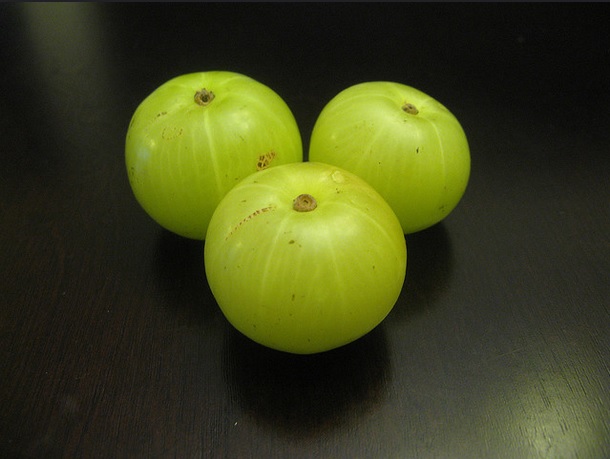Amla Extract Potential Role in Hair Growth
Amla Extract Potential Role in Hair Growth and Conditioning : Doesn’t it seem that the hair we see in shampoo and conditioner ads seems like a farfetched dream? The average person suffers at some point from hair loss, dry scalp and other related deficiencies. Therefore, it is far more common to see individuals with dull, dry and frizzy hair, or even thinning and baldness.
What is heart-breaking is that we already know about many of the causes resulting in hair loss and damage. But we still have yet to develop curative treatments for these problems. For example, take pollution. Back in 2008, Telegraph.co.uk published research conducted by the University of London which cited air pollution as smoking as factors which can lead to the early onset of male pattern baldness. In these last six years, nothing has really been done to create actionable solutions based on this knowledge.
And even after countless other research studies on hair loss, actual cures still don’t exist.
At the moment, hair transplant procedures are the only reliable way to restore growth and coverage. And although there are FDA approved drugs available, they carry substantial risks of hazardous side effects.
Many people throughout the world are therefore looking for safer treatment options through natural ingredients derived from plant sources. One example is Amla, an Indian gooseberry.
Amla Extract Potential Role in Hair Growth and Conditioning : Background on Amla
Amla or amalaki is the sanskrit term for the herb phyllanthus emblica. This edible fruit is mostly grown in India, Europe, north western Africa and Asia as well. From the days of Ayurveda (Traditional Indian medicine) amla has had a special place in hair care and the overall health and well being of the body
Amla Extract Potential Role in Hair Growth and Conditioning : A Nutritional Powerhouse
For years scientists have researched the benefits of amla and have confirmed its beneficial properties.
Amla is rich in:
- Vitamin A
- Vitamin B
- Vitamin C
- Proteins
- Fibers
- Iron
- Calcium
- Phosphorous
- Essential fatty acids
The high concentration of Vitamin C is likely the basis for its many benefits, making it more potent than many other types of plant derivatives. Vitamin C, for example, facilitates cell division and is used by the body to produce collagen which is a structural component of the skin and the walls of the hair follicles. Therefore it can potentially help optimize the health of these tiny structures and prevent dryness and itchiness of the scalp to improve the quality of hair. Scientists believe that vitamin C can help increase the resiliency of the collagen to environmental pollutants.
Vitamin C is also an anti-oxidant. A recent study has shown that amla contains more antioxidant activity than blueberries. It also contains 20 times more vitamin C than lemon juice.
Additionally, Amla contains 30 times more polyphenols (Micronutrients that shield us against diseases) and more gallic acid (A potent antioxidant) than any other fruit.
Collectively, the different nutrients within the Amla berry contribute to the healthy and vibrant appearance of the hair shafts and the skin. The essential fatty acids, for example, help create an outer barrier which helps give hair a soft and shiny luster. The proteins contained in Amla may also spur new hair growth. Also the amino acid building blocks improve the water holding capabilities of the hair follicles, allowing them to stay hydrated and nourished.
Finally, Amla’s benefits may extend to reduction of hair graying as well as other areas of the body to control sugar levels, cholesterol, and even offer a level of protection from cancer as well.

All information contained within this site is for reference purposes only. You must consult and follow the directions of your physician and licensed health care professionals. Natural products have not been evaluated or approved by the FDA and are not intended to diagnose, treat, cure or prevent any health condition or disease
Asiasari Radix Extract Hair Loss Treatment
Polygonum Multiflorum Hair Loss Treatment
Why The Processing Methods of Natural Hair Ingredients Matter
